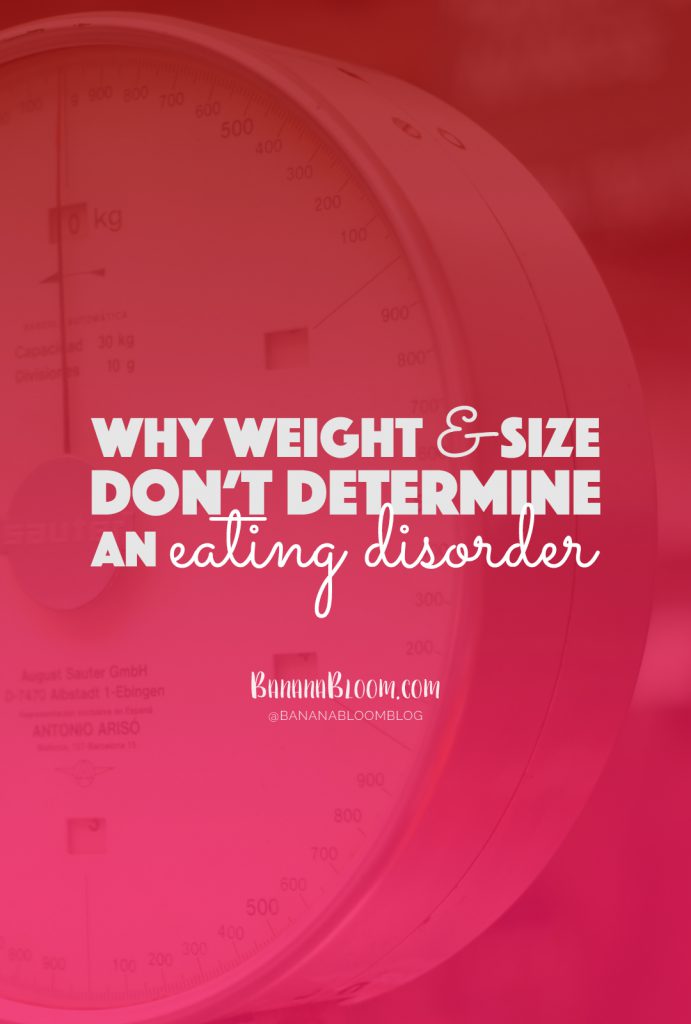This past week has been the National Eating Disorders Association’s Eating Disorder Awareness Week. This year’s theme is It’s Time to Talk About It. As a follow up to eating disorders awareness week, I want to set the record straight about one of the most common misconceptions about eating disorders – Why Weight and Size Don’t Determine an Eating Disorder.
The stereotypical image of someone suffering from an eating disorder is depicted as a young woman with her hip bones and ribcage jutting out. Media often choose to highlight the cases that have the strongest visual impact. In the case of eating disorders, that means using the aforementioned stereotype. In reality, that image is far from what all sufferers look like.
Eating disorders are a mental health issue. As such, an eating disorder is not something a bystander can identify based on a person’s frame. A person can be thin yet perfectly healthy, while someone else can be overweight and deep into an eating disorder.
As the term suggests, the behaviour of a person with an eating disorder is associated to a disordered or abnormal relationship to food and eating (and/or exercising). Again, it is a mental health issue and as such an eating disorder cannot be seen with the naked eye.
When media and our society choose to use a one-size-fits-all image for eating disorders, we’re doing all those who are suffering a huge disservice. Showing an emaciated body as the vision of an eating disorder is providing an image for comparison. One thing that is common for most people plagued with an eating disorder is the near expert ability to be self critical, and comparison is the perfect fuel to self criticism.
Having been through years of therapy for my own eating disorders, I know firsthand the impact these stereotypes can have. I didn’t realise or believe that I had a problem – I thought I wasn’t thin enough to have an eating disorder, or that I ate more than the stereotype, or I didn’t exercise enough. That skeletal figure slapped across anything associated to eating disorders fuels the denial so many experience.
It’s time to talk about it, it’s time to break the stigma surrounding eating disorders. It’s time to stop assuming we know and instead work towards increased access to care, for everyone. It’s time to highlight, embrace and include all body types in the conversation surrounding eating disorders. And until we as a society – and the media – include all body types in the images we put out in the world for young women and men to see, we are continuing to fuel the foundation that sprouts the number one cause of death among mental health diseases.






1 Comment
EXCELLENT! You express yourself expertly!
I am so proud of you!